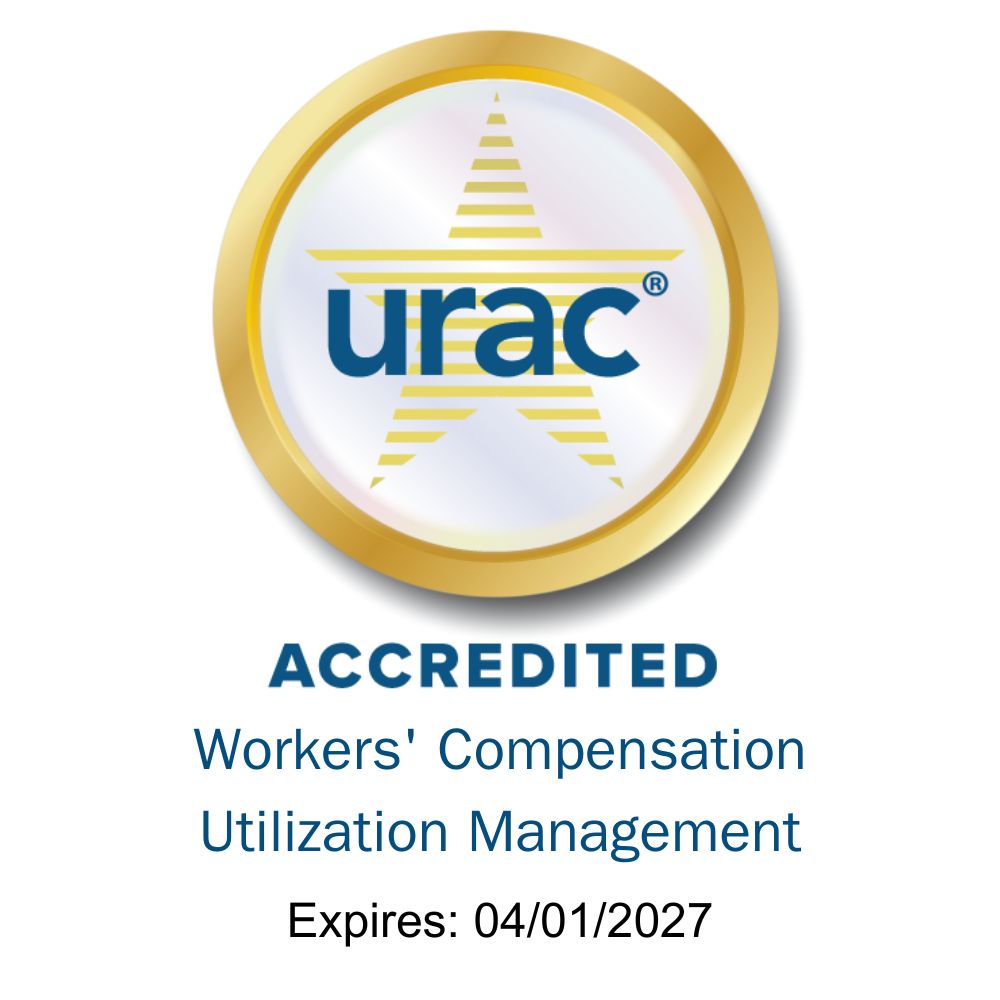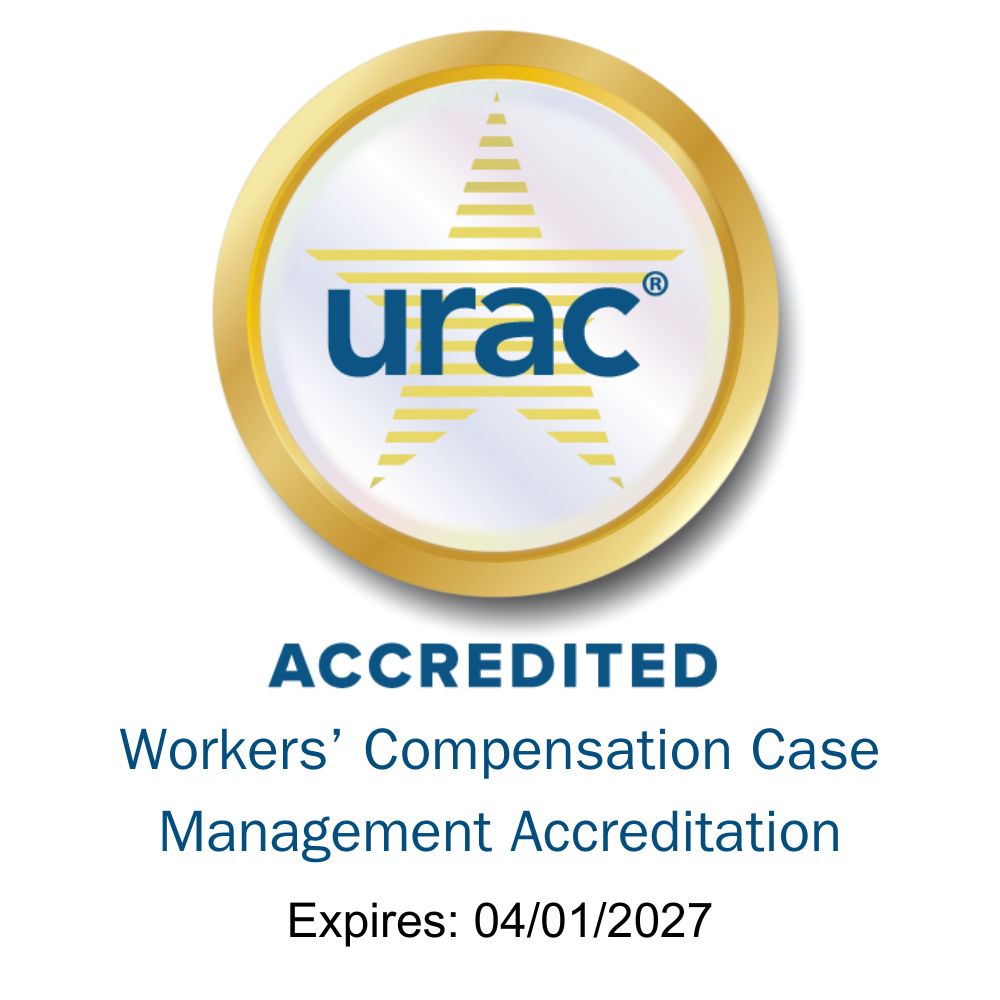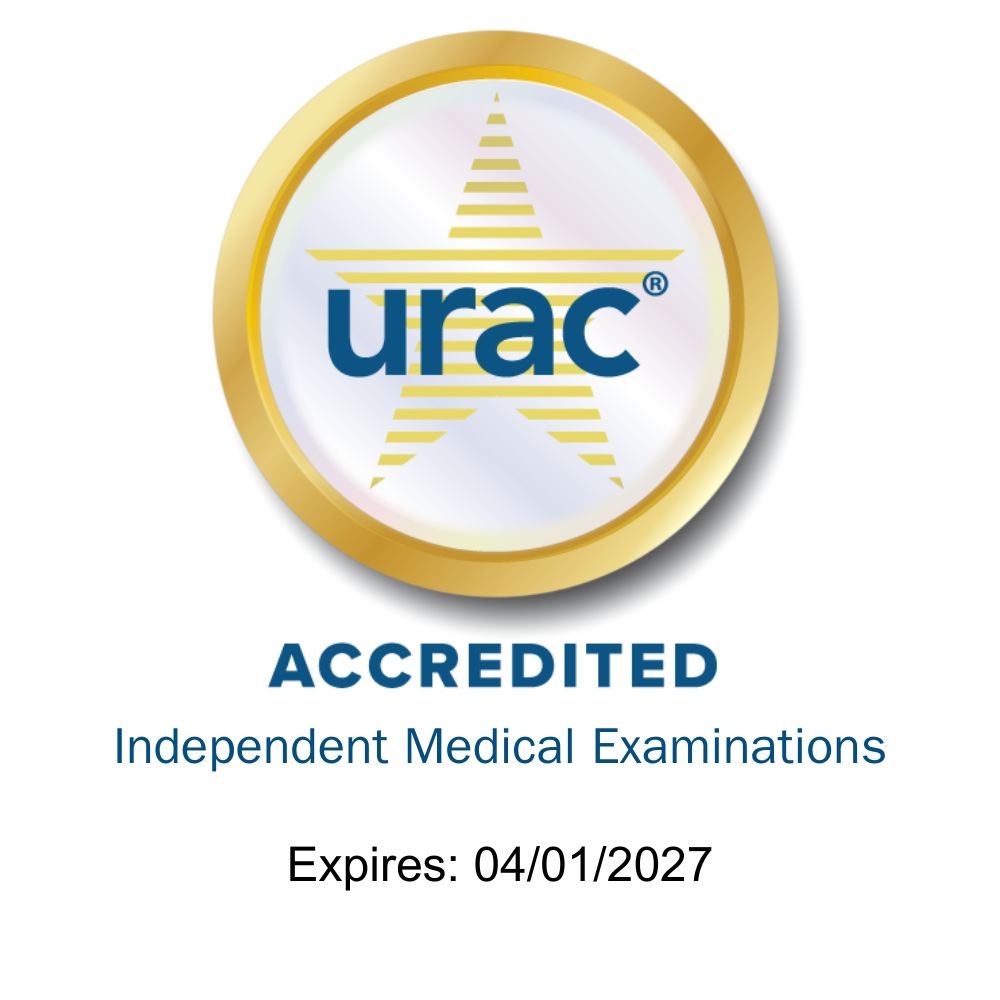A good stay-at-work program can offer many benefits to employees and employers, but establishing a successful plan can sometimes be a challenge. To help make this process easier, I’m joined by Genex experts Kevin Ufier and Linda Mastropaolo who will offer tips on how to develop a successful program.
Tom Kerr (TK): Kevin and Linda, thanks for joining us today.
Linda Mastropaolo (LM): Thanks for having us.
Kevin Ufier (KU): Pleasure to be here.
TK: Linda, to start off could you briefly describe the concept of a stay at work program?
LM: A stay at work program is when employers have a program in which they will accommodate an employee’s needs based on restrictions and limits where an accommodation is needed in order to stay at work and be productive in the workplace.
So, for instance, if an employee has a back injury and the job requires that the person can lift 20 pounds, and he or she goes to the doctor who recommends that person should lift no more than 10 pounds, then what happens is that the manager would make a special accommodation so the employee would not lift over 10 pounds within the essential job functions.
This type of accommodation also prevents a disability claim. So, if an employee can remain productive at work within those restrictions and limits, then that would prevent him or her from having to go out on disability.
TK: Kevin, what are some common misconceptions that employers and employees might have regarding stay at work programs.
KU: I'd say the first one is that employers often think that ADA accommodations and return to work programs take too much effort. While employees sometimes think that employers have to do whatever it is the employee requests to change the job. So, it's almost like they're coming from two different directions.
And I think the truth is, and it ties into another issue that perhaps it's too much money involved. And we find that basically the solution to it is just understanding what the program requirements would be. That there needs to be an interactive process, there needs to be a discussion so the two sides can talk about what is necessary to keep people at work, or to bring people back to work.
TK: Does some of the confusion involve interpreting the Americans with Disabilities Act and its Amendment Act?
KU: Yes, it actually is the ADA, which has been around over 25 years. And then due to updated legislation, over the last 10 years with the ADAAA, and also court litigation, it seems like, employers just need to be a little more open and not have a rigid expectation of how someone fits that definition or if they qualify or not.
I think Congress is intending employers to just be a little bit more open minded to, say, give the people a chance to stay at work, to accommodate, and not be so rigid.
LM: And also meeting the definition under the ADAAA about major life activities being affected — it's become so broad that falling under that umbrella for an accommodation is very easy to do.
So, when someone presents themselves with saying they have a major life activity effected, and then they present with what it is that's needed, you pretty much have to address everything.
TK: Kevin, what would you consider to be the three most important components of developing a successful stay at work program?
KU: I think the first item is that there needs to be an employer sponsorship or a champion within the company to promote the program internally. This could be someone in the C‑suite, but often it's an HR director. Sometimes it can be even a risk manager, especially when you get into components related to workers’ comp. But the idea that someone at the company is saying we want to keep our employees at work is, is critical. Without that push, we find that even a vendor coming in alone isn't going to be as successful as it might be if there's someone that has that milieu. The ideal corporate culture should be they accept this and it's being pushed as an expectation that we keep people at work.
Also, having a detailed documentation of the process within that company is absolutely critical. A lot of times, employers have come to us and saying, "Can you help us with that?" They have a vague notion of the required under the ADAAA, and they want to do return to work, and they value their employees, but aren’t sure where to start.
So, there is a whole packet of information in terms of standard operating procedure. What do you do with the timing of certain steps? When you do the interactive, what kind of documentation, who gets included? Because there is some medical information specific to that impairing condition that you're trying to accommodate.
So, there is the whole process and documentation, duration, and expectations. And that is something that we help employers with, explaining the whole process about how to do it.
And, lastly, is training for the line manager because the likelihood of someone continually having to deal with an ADA stay at work situation is not very frequent unless you have hundreds of people under you.
So, you forget, but you have to have the availability of training and let people know at a corporate level this is something that's important to the corporation, to the employees and the process by which you have to follow.
TK: What are some of the common mistakes employers make during implementation that you encounter?
KU: One is that they don't start soon enough. We'll call that in the common literature for workers’ comp, short-term disability, ADA, early intervention. You want to be able to start as soon as you can.
Once you learn about a request or that somebody has gone out on a claim, no matter what kind of claim it is, there should be the expectation that that person is coming back to work.
The literature is replete with examples that show the longer you're out, especially if you get past six months, the percentage of people that return to work drops off pretty drastically, when we know there's a lot of financial incentives, to a certain extent, where that happens. So, you want to start as soon as possible.
We also find that employers often lack detailed job descriptions or physical demand analyses. It's important that employers have accurate job descriptions because when you are evaluating and going through the interactive dialogue process, you need to look at what the employee's restrictions and limits are, as well as the essential job functions. And then, how you can accommodate if there are restrictions and limits so the employee can remain at work. So, when employers don't have up‑to‑date job descriptions, you go to the manager, and the manager tells you what that person does, but it's not documented anywhere.
So that's why it's important that, especially with large employer groups, if they don't have on‑site ergonomic programs, to actually have people go in update and do job descriptions and job analyses.
And that's actually where Genex also comes in because we will send our bill people out in the field to do ergonomic or job analysis, in addition to our state work programs. So, it takes everybody as a coordinated effort to get these things done appropriately.
TK: Linda, what results should employers expect from a successful stay at work programs?
LM: Most importantly, that the employee feels valued. The employee feels that the company has made an effort to keep me here. They want me here. They're going above and beyond by purchasing this equipment, they want to keep me safe and productive on the job based on what I have asked. That's the first thing.
KU: Financially, the literature reports savings of anywhere from 2:1 to 10:1. And I've seen even higher amounts of money that is saved from other benefit programs versus keeping the person at work.
So. instead of them going out and receiving a benefit and receiving no work from them, you still maintain people at work, versus savings even if equipment is purchased to keep someone at work. So, there's a financial incentive to be able to have these programs to keep people at work. And that you get a return on it and that you're not just wasting money let us say.
Also, there is a reduction in duration of STD claims, up to 20 percent. So you can possibly see fewer claims because you continue to keep them at work So, less claims, shorter duration. And in the long run, you end up saving some money.







